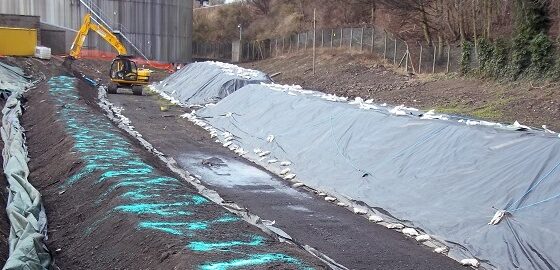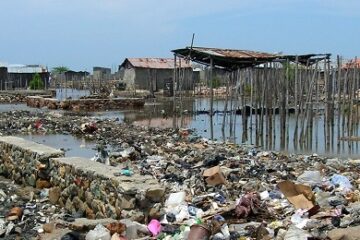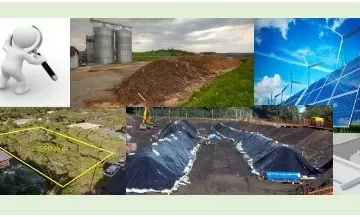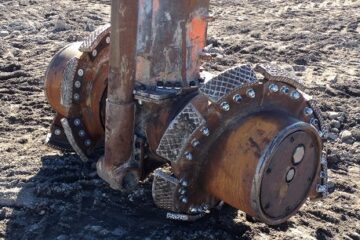An important question in any contaminated land remediation project, one which is in general second only to ‘how much will it cost?’.
Here are a few guidelines including factors which affect time frames. I’ve used ‘dig & dump’ as an example for engineered options (e.g. stabilisation, capping layers), and ‘bioremediation’ as an example for treatment options (e.g. chemical oxidation, groundwater treatment). We’ve found that treating materials in-situ helps speed developments along as some treatment can be carried out during development.
Dig & Dump – Access to soils, access to the site, machine size & frequency of transport.
With a single 20 tonne machine loading continuously, it should be possible to load at least 100-120 tonnes of material an hour. You can scale this up or down fairly simply. You should be able increase the loading if you can fit artic lorries in, have more than one digger etc. The list of possible constraints is fairly long, for example limited access to site may mean you can only get one tipper in at a time, leading to an increase in change over times whilst an empty tipper replaces the full one. Another issue may be speed of excavating material from the ground if it’s not already in a stockpile, unexpected obstructions can really slow the process down.
Bioremediation – Temperature Variations, Bacterial Degradation.
Treatment options can be difficult to accurately estimate. Ideally bioremediation estimates are based on a comprehensive suite of chemical and biological analysis, a laboratory trial and a field trial. With all this information we can put together accurate timescales. However when the project is in the planning stage we often don’t have all that information. Whilst we can control most factors in bioremediation, seasonal temperatures make a big difference to bioremediation, winter months are very poor (unless we heat the soils, which can be costly), summer months are generally good, equatorial climes are ideal. Bacterial degradation rates are manipulated in bioremediation, however we come across the same issue that without a trial the rate of degradation can only be approximated. When adding degrading bacteria, the bacteria’s ability to thrive in a new environment is key to time frames.
My point is that timeframes for engineered solutions can be worked out with precision (taking into account the occasional breakdown etc.), whilst treatment options are more difficult to estimate without an investment in trials etc, however using experience, decent estimates can be made with limited information.
Feel free to get in contact (0131 538 8456, info@soilutions.co.uk) if you want to chat about a specific project. Options appraisals can be invaluable at the planning stage.
2021
Soil remediation guide
Approaching soil remediation without any prior knowledge can be difficult and uncomfortable at times, especially when it can potentially be very costly. This free eBook will help you understand the whats, the whys and the hows of soil remediation in the simplest terms.







Leave a Reply